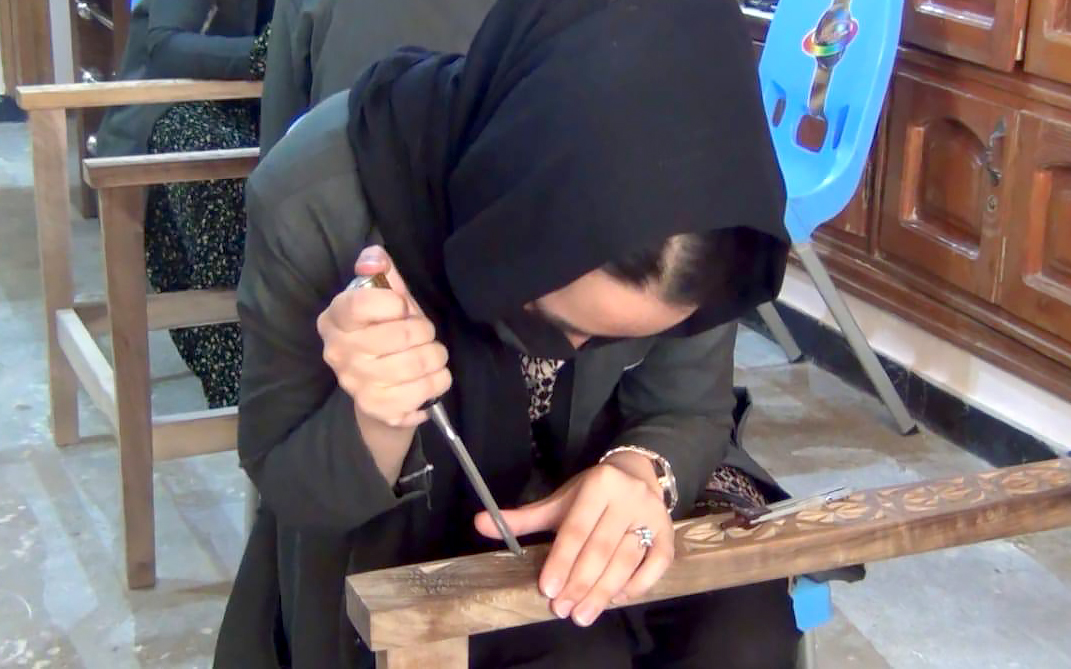Herat has been popular for its specific hand graving style, but in the last years, many youths in the province have started learning the art in Nuristani style, which is belonged to the eastern parts of Afghanistan.
The Herati style of hand engraving has three institutions, including the one that also trains Nuristani style to its students.
“They make artworks on wood, stone, metals and glass, but the market for the products has reduced due to worsening economic conditions among the people,” said Jawed Zargham, an official of the information and culture directorate of Herat.
Students from an arts institution in Herat said they are producing beautiful artworks in Nuristani-style after three months of training programs and have started sending their artworks to the market.
“This art has a long history in our country and we need to maintain its popularity,” said Husain, a student of the Nuristani-style engraving institution.
“It is good to have institutions like this. It will create a source of income for students besides helping them to learn a beautiful art,” said Irshad, a student.
Instructors from the institute said the Nuristani style of hand engraving has grown popular in a short time, which is good for the future of this type of art.
“We work on wood mainly and we make nice artworks,” said Suraya, an art instructor.
“We have trained nearly 55 boys and girls in the last two years and a big number of students are busy in their training at the moment,” said Mohammad Amir Sediqqi, head of the institute.
The Nuristani style of hand engraving is mostly used in eastern provinces. Furniture and home decoration tools are usually made from the wood taken from forests in Nuristan and other eastern provinces to be used for engraving.





